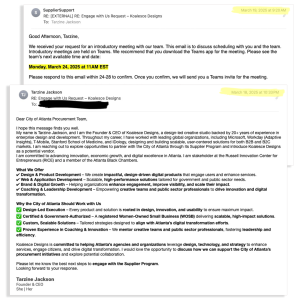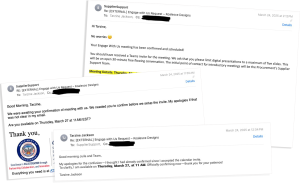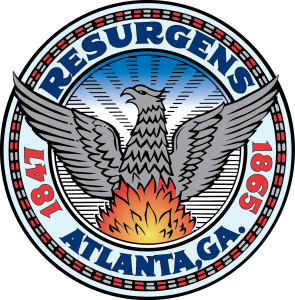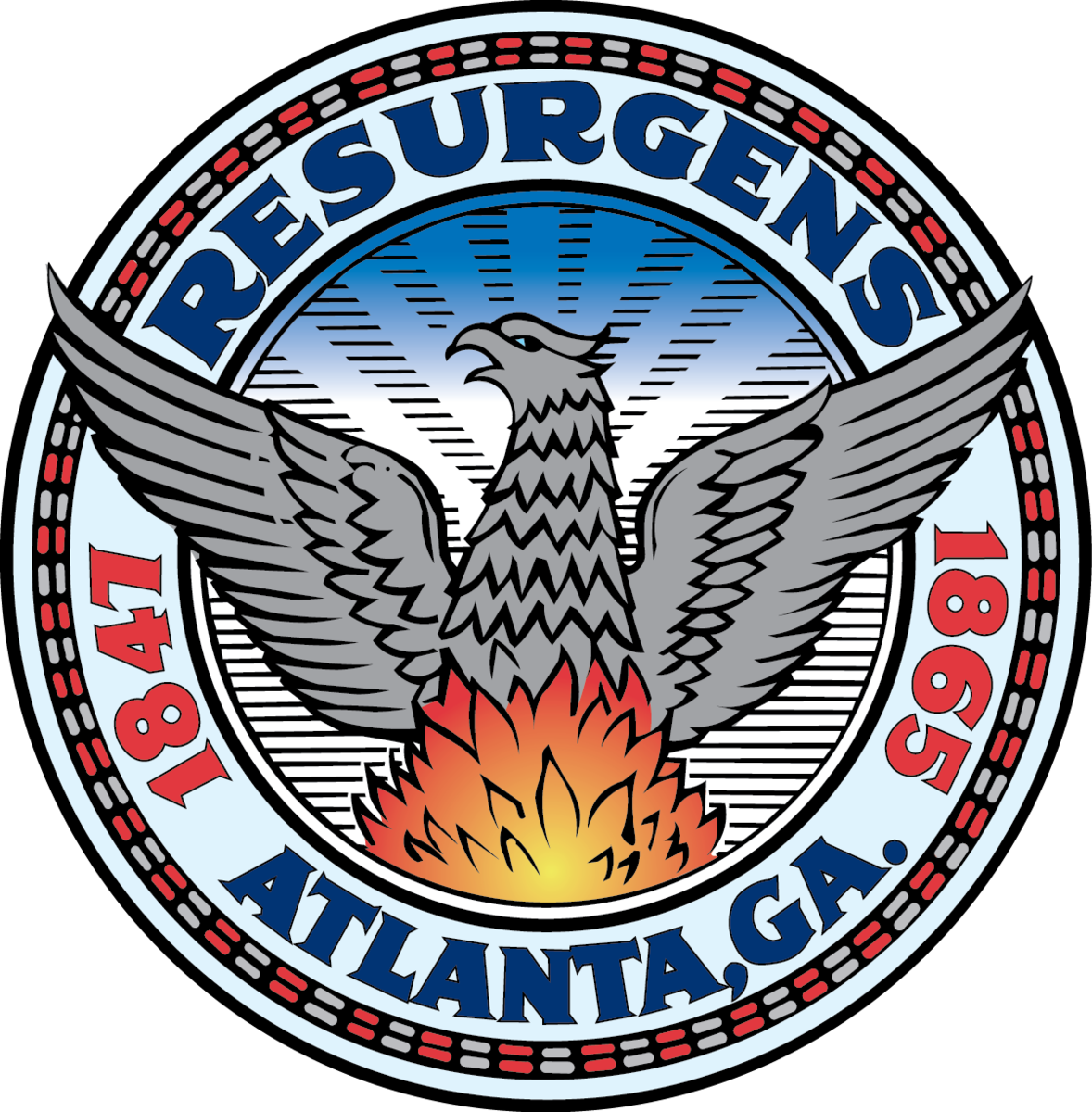WHAT YOU’LL LEARN
This case study breaks down our research-first approach to government outreach. You’ll see how we applied user-centered design principles to crack the procurement code.
The results:
- 24-hour response from initial outreach
- 6 days to scheduled meeting
- 13 days total from email to approved vendor status
- 100% success rate on our first government contract attempt
THE SETUP
Government agencies receive hundreds of vendor inquiries weekly. Most founders send generic pitches and wait months for responses.
We tested a different hypothesis: What if you research the government’s actual problems first?
Our approach treats government outreach like any user experience project. Research the user (procurement team), understand their constraints, then prototype solutions.
STEP 1: RESEARCH THE PROBLEM

What you need to do: Deep-dive into your target city’s budget and operational challenges before writing any outreach.
How we did it: We analyzed Atlanta’s $2.75 billion budget and discovered a $33.3 million deficit. This told us they needed cost-effective solutions.
The insight: Government agencies lack internal creative teams. They rely on contractors for design and research work. This created our opening.
Your action: Find your target city’s annual budget report. Look for:
- Budget deficits or constraints
- Technology spending categories
- Stated goals around digital transformation
- Pain points mentioned in public documents
STEP 2: POSITION FOR SUCCESS

What you need to do: Align your business credentials with their procurement requirements before reaching out.
How we did it: We researched Atlanta’s vendor requirements and matched our NAICS codes (541512 and 541611) to their procurement categories. Our WOSB certification gave us additional qualification points.
The framework: Government procurement follows strict rules. You need to speak their language:
- Match your NAICS codes to their categories
- Highlight relevant certifications (WOSB, 8(a), etc.)
- Reference specific procurement regulations they follow
Your action:
- Find your target city’s vendor registration portal
- Review their NAICS requirements for your service type
- Get any certifications that give you preference points
- Study their procurement process timeline
STEP 3: CRAFT TARGETED OUTREACH

What you need to do: Write an email that addresses their specific constraints, not your general capabilities.
How we did it: Our March 18 email led with relevant experience (Google Tech Equity program), addressed their challenges (user-driven digital experiences), and offered concrete solutions (accessibility, compliance, scalable platforms).
The template structure:
- Lead with relevant credentials – Not all your work, just what matters to them
- Address their specific problem – Reference the research you did in Step 1
- Offer concrete solutions – Be specific about what you’ll deliver
- Demonstrate immediate value – Show how your process solves their constraint
Pro tip: Government procurement teams care about compliance, scalability, and measurable outcomes. Use their language.
STEP 4: HANDLE THE RESPONSE PROFESSIONALLY

What you need to do: Respond quickly and professionally to any communication, even when things go wrong.
How we did it: Atlanta responded in 24 hours (March 19, 9:20 AM) and scheduled us for March 24. When we discovered there was no meeting link, we immediately reached out professionally.
The communication: “My apologies for the confusion, I thought I had already confirmed since I accepted the calendar invite. To clarify, I am available on Thursday, March 27, at 11 AM.”
Their response: “No worries 😊“ and they rescheduled.
Your action:
- Respond to government emails within 4 hours
- Always confirm meeting details 24 hours in advance
- If problems arise, solve them professionally without blame
STEP 5: PREPARE A STRATEGIC PRESENTATION
What you need to do: Create a focused presentation that addresses their constraints, not your capabilities.
How we did it: Atlanta requested maximum 5 slides for a 30-minute conversation. We sent the presentation beforehand and structured it around their problems:
- The Municipal Reality – Budget constraints vs. growing digital expectations
- The Data – Cost of poor design (78% of government IT projects exceed budget)
- Our Approach – Flexible solutions for government constraints
- Pilot Opportunities – 4-6 week projects with measurable outcomes
The framework:
- Start with their problem, not your solution
- Use data that resonates with budget-conscious decision makers
- Propose pilot projects with clear outcomes
- Make it easy for them to say yes to a small test
STEP 6: EXECUTE THE FOLLOW-UP
What you need to do: Maintain momentum after your presentation with professional follow-up.
How we did it: After our March 27 presentation, we received feedback: “It was a pleasure meeting with you. Thank you for the post information, very helpful!”
The same day: “Your Supplier Registration Request was Approved”
Your action:
- Send thank you email within 2 hours of meeting
- Include any additional information they requested
- Ask about next steps and timeline
- Complete any vendor registration requirements immediately
THE METHODOLOGY BEHIND THE SUCCESS
This isn’t just about government contracts. It’s about applying user research principles to business development.
The process:
- Research the user (procurement team needs)
- Prototype solutions (targeted email + focused presentation)
- Test and iterate (professional follow-up when issues arise)
- Scale successful approaches (vendor approval leads to contract opportunities)
YOUR REPLICATION CHECKLIST
Before you start:
Research target city’s budget and constraints
Match your NAICS codes to their procurement categories
Get relevant business certifications
Study their vendor registration process
For your outreach:
Lead with relevant credentials
Address their specific problems
Offer concrete solutions
Keep email under 200 words
During the process:
Respond to emails within 4 hours
Confirm meeting details 24 hours in advance
Prepare 5-slide presentation focused on their constraints
Send presentation 24 hours before meeting
After the meeting:
Send thank you email within 2 hours
Complete vendor registration immediately
Ask about next steps and timeline
WHAT THIS MEANS FOR YOUR BUSINESS
Government contracts follow the same user-centered principles as any good design project. Research first, prototype fast, execute professionally.
If you can apply this methodology:
- Government agencies will respond faster
- Your proposals will address real problems
- You’ll build trust through professional execution
- Your success rate will improve dramatically
Ready to apply this process to your government outreach?
Not sure where to start? Book a 15-minute consultation to discuss your specific situation and target agencies.






